Hide due to highlighting. Active Camouflage System Yehudi Lights (USA)
During the Second World War, there was a search for new solutions in the field of camouflage. This process sometimes led to very interesting results. So, Canadian and American engineers are interested in using active backlighting. One of the results of this was the emergence of aviation camouflage systems called Yehudi Lights.
Rethinking Technology
In 1940, the Royal Canadian Navy began work on the Diffused Lighting Camouflage (Diffuse Light Masking) project. His main idea was to equip the ship with a set of lights for illumination in the dark. By illuminating some sections of the side projection and leaving others dark, the ship could change its visible shape. Because of this, the enemy could not correctly identify the target, evaluate its size, course and speed. Ultimately, all this reduced the effectiveness of torpedo attacks.
Soon, the US Navy became interested in DLC technology. They began the development of their own ship lights, and then decided to expand the scope of its application. The fact is that not only ships, but also planes needed effective camouflage. Despite the color in the lightest shades, the airships stood out against the sky. Due to the illumination, it was planned to worsen the visibility of aircraft - with understandable consequences for combat qualities.
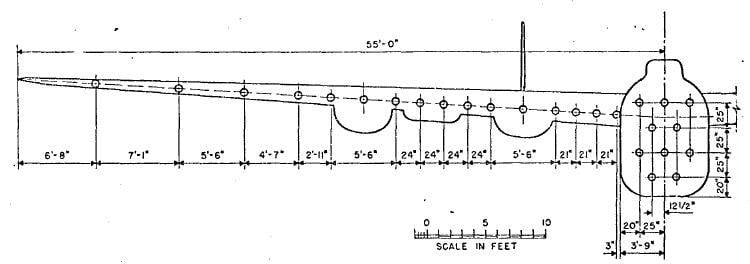
Work in this direction began in 1943. The development was entrusted to the Camouflage Section under the National Defense Research Committee. Other organizations from the Navy were also involved in the work.
The project is called Yehudi Lights ("Yehudi Lights"). At that time, the name Yehudi in colloquial language (from a famous radio host) was used to call a person who is imperceptible or absent here and now. In general, such a name suited the project.
Lights for aircraft
The development of Yehudi Lights began in the context of the development of anti-submarine aircraft. The customer demanded to reduce the visibility of PLO aircraft in such a way that German submariners could notice them no more than 30 seconds before the attack. This allowed the aircraft to deliver a precise strike before the submarine begins to dive.
Quickly enough, it was found that the use of DLC in its original form does not make sense. In daytime conditions, overly powerful lamps were required to illuminate the aircraft, otherwise even a white plane stood out against the sky. The installation of power systems of the required capacity did not seem appropriate. In addition, powerful projectors that extend beyond the casing would necessarily disrupt aerodynamics.
They refused to illuminate the aircraft and proposed an alternative solution. The glider should have installed a set of limited power projectors directed forward. Their luminous flux was supposed to merge with natural light and "close" the plane. This approach allowed us to solve the problem and did not impose special requirements on the carrier and its electrical system.
However, there were some limitations. Designed lights with the desired power characteristics gave a beam with a width of only 3 ° horizontally and 6 ° vertically. It should be kept on the attacked target, and when deflected, divers could notice the approaching plane. In this regard, there were special requirements for building an attack. The target submarine should be entered as if on a glide path, with a constant diving angle providing effective camouflage.
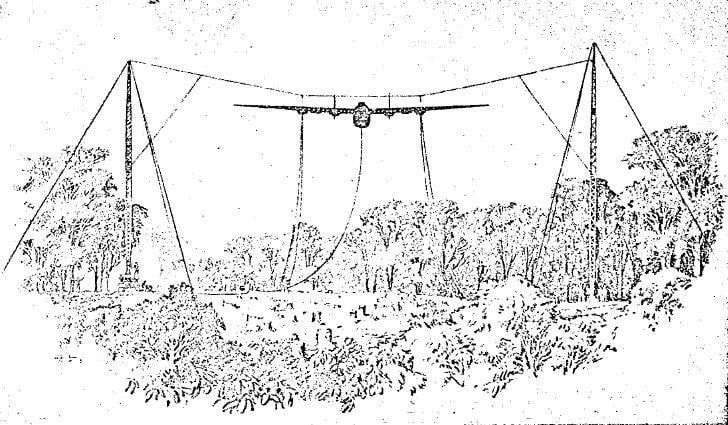
Plywood plane
The main carrier of Yehudi Lights was the Consolidated B-24 Liberator bomber or its patrol version PB4Y-2 Privateer. Tests were conducted taking into account this fact and using appropriate test systems.
The first ground tests were carried out in the area of n. Oyster Bay (pc. New York). On the shore, using a pair of towers and cables at a height of 30 m, a wooden model was hung in the form of a frontal projection of the Privatira. Observation was proposed to be carried out from the other side from a distance of 2 miles using a 2-meter tower that simulates the submarine cabin.
The figured plywood shield mock-up was equipped with a set of Yehudi Lights. 15 lanterns were placed along each plane at different intervals, another 10 were mounted on the “fuselage nose”. Each lamp was equipped with a blue-green filter. When operating at incomplete power, incandescent bulbs “blush”, and the light filters allowed to maintain the necessary white-yellow shade in all modes, which coincides with natural light.
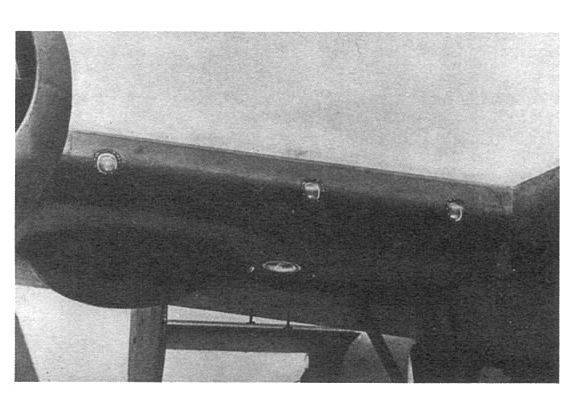
Flashlights associated with the control system. It included two photocells: one tracked the background lighting, the other “watched” the control lamp. Automation tried to equalize the signals from both sensors. The maximum power of the entire system reached 500 watts - within the limits of the power capabilities of PB4Y-2.
The tests took place in good weather and visibility. Binocular observers clearly saw towers and supporting cables. However, the layout of the aircraft with the lights on remained invisible against the sky. The Navy made obvious conclusions and moved the project to a new stage.
Lights in the sky
Now it was about creating flying laboratories. To conduct flight tests, a serial B-24 went to the alteration. It installed 40 lights, a control system, etc. All these units as a whole corresponded to the complex that passed ground tests. Already at the end of 1943, the Liberator with the Yehudi Lights took to the air and demonstrated its capabilities.
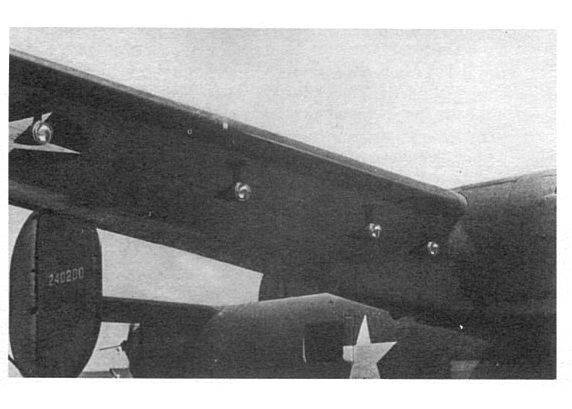
Soon, another naval aircraft was attracted to the new project - the Grumman TBF / TBM Avenger carrier-based torpedo bomber. He got similar control systems, but the backlight configuration was changed. Due to the smaller size of the airframe, only five lamps fit on each plane, six more were placed on the engine fairing, two were added to the stabilizer.
The issue of installing flashlights on existing and promising planning bombs was studied. Thanks to such equipment, small-sized ammunition could go unnoticed for as long as possible and did not risk falling under the fire of enemy ship's air defense. However, this version of the Yehudi Lights system remained at the development stage and did not even reach the test.
Throughout 1944 and in the first months of 1945, two prototypes regularly flew flights, and observations were made from land or water. Yehudi's Lights were tested in different weather conditions, at different ranges, altitudes, courses, etc. In general, very interesting results were obtained.
So, under the same conditions, an observer with an unaided eye noticed an Avenger bomber without working lights from 12 miles (19 km), but when they were turned on, the detection range was reduced to 3 thousand yards (2,7 km). The binoculars increased the detection range, but the limited field of view did not allow to use this advantage in practice.
General conclusions
The project Yehudi Lights recognized successful, but unpromising. During the tests, it was found that an aircraft with a set of special lights can really “quietly” carry out a combat approach to a surface target and reveal itself in a matter of seconds before an impact. Its timely detection with the naked eye or using optics was a very difficult task. From the point of view of the fight against submarines, such a system was very useful.
However, the proposed light camouflage did not have a great future. By that time, leading countries managed to master the radar, against which optical masking was powerless. Radars were already actively used on surface ships, and their mass deployment on submarines remained a matter of time.
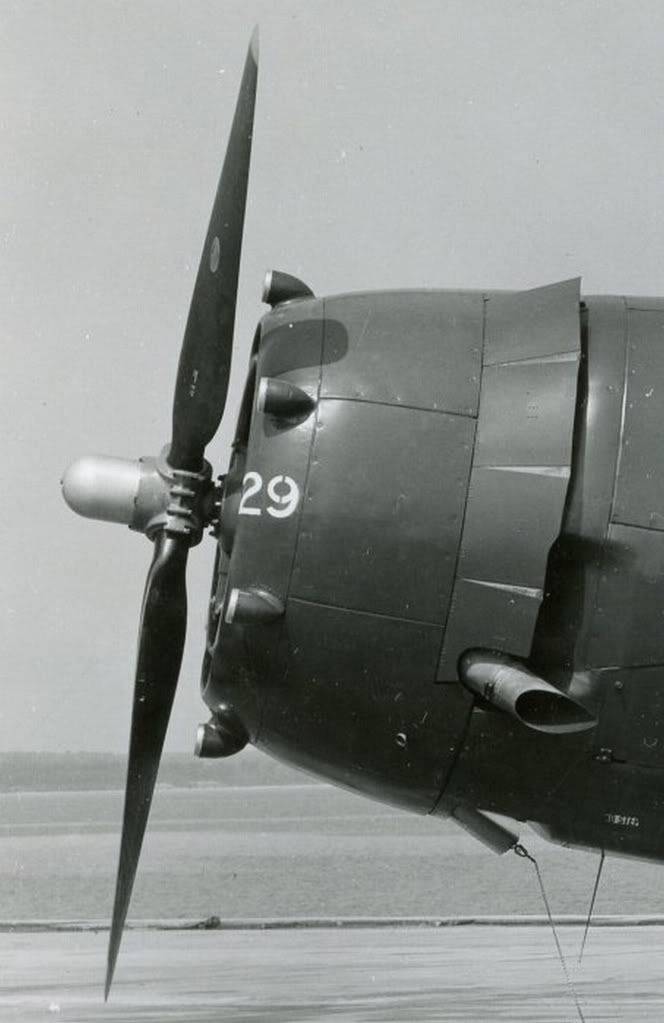
Due to the lack of real prospects in early 1945, work on Yehudi Lights turned off. The development of new versions of such a system for certain aircraft models was not conducted. Plywood layout, B-24 and TBF remained its only carriers. The project documents were sent to the archive, and the Navy specialists took up more important projects.
However, the idea of active light camouflage did not disappear. She was remembered during the Vietnam War. There is also information about other attempts to hide aircraft due to backlighting. Probably, it is precisely with this that the fact is connected that the documents on Yehudi’s Fires were declassified only in the eighties. In addition, various rumors about the use of light camouflage still go. Perhaps in the future, ideas from the Second World War will find practical application.

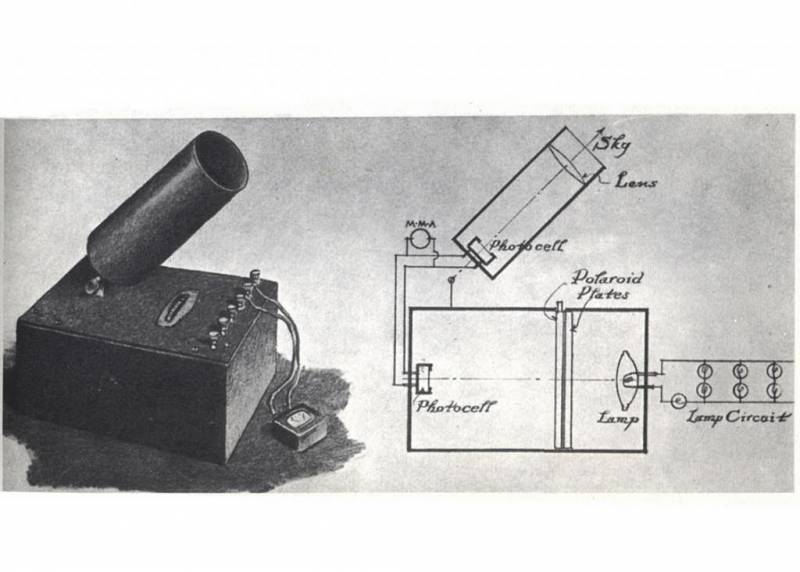
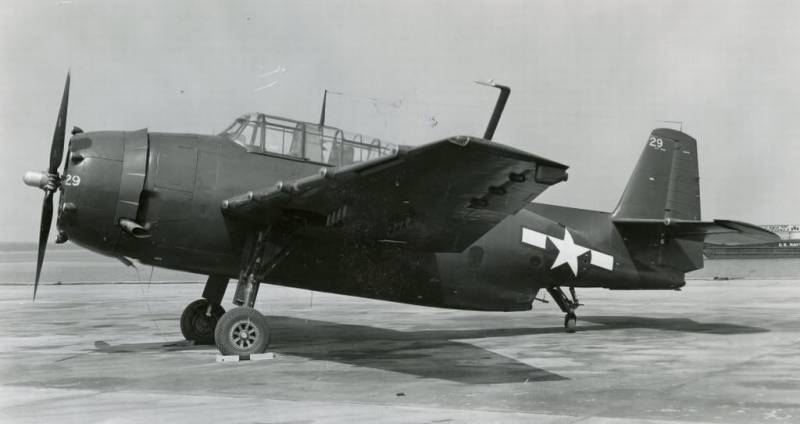
Information